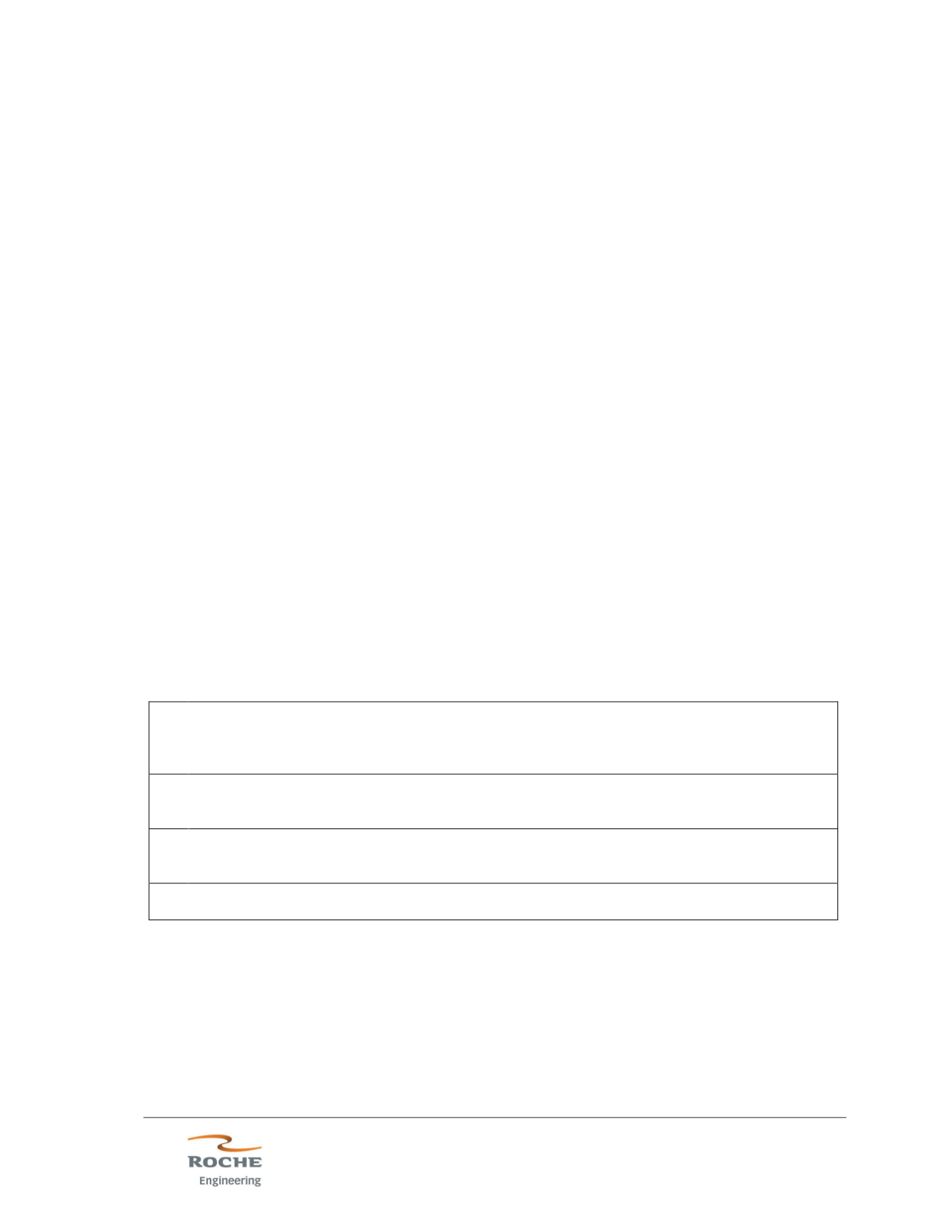
Rare Element Resources
Bear Lodge Project
Canadian NI 43-101 Technical Report
October 9
th
, 2014
10135-200-46 - Rev. 0
14-6
leaving a 10-foot (3.1 meter) thick layer below the surface for soils, alluvium, and
colluvium. Rare-earth element grades were not estimated in the Soils-alluvium-
colluvium layer, which is assumed to be waste for resource estimation purposes.
Typical sections showing the oxidation state interpretation are shown in Figure 14.2.
14.5 Trend-Oriented Modeling
Because the shape of all mineralized zones is too irregular for the use of simple
search ellipses, trend models were developed to allow interpolation to follow the
shape of the mineralized zone. The trend models are based on the general shape of
the zones and on a visual interpretation of the continuity of mineralization. The
primary objective in developing the trend shapes was to provide generally reasonable
shapes, rather than to simply connect high-grade samples to other high-grade
samples.
The trend surfaces were used to flatten and iron-out the wrinkles in the mineralization
trends using a set of “trend-flattened” coordinates to replace the normal UTM
coordinates. The method used to create the trend-flattened coordinates from the
trend models is summarized in
Table
14.3
, and the parameters are summarized in
Table 14.4
.
Table 14.3
- Procedure for Calculating Trend-Flattened Coordinates
1.
The distance between the trend surface and the block model block centroids was
measured by calculating the perpendicular distance between the block center and the
nearest face in the trend surface wireframe. The same procedure was repeated for the
center point location of composites.
2.
The block model centroids were rotated so that the model was as close to a horizontal
plane as possible. The composite center-point locations were rotated using the same
parameters.
3.
After rotation, the Z coordinate for the model and composites was replaced with the
distance from the trend surface. At this point, the rotated model is analogous to projecting
the mineralized zone into a longitudinal view and flattening it parallel to the trend surface.
4.
The final trend flattened coordinate space is roughly equivalent to viewing each domain as
a longitudinal cross section.
(A.Noble, 2014)


